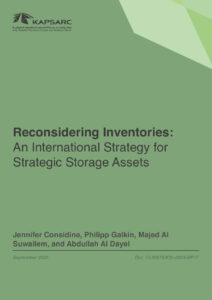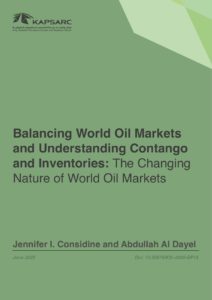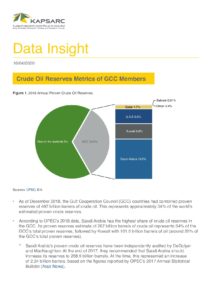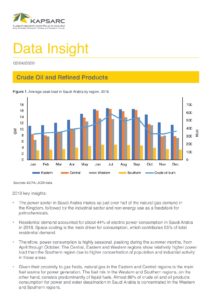Despite numerous journal articles, forecasting studies, and books, very little is known about the actual quantitative value, or economic cost, of shocks to world oil markets. The potential consequences of a given political or economic disturbance are unclear, and appear to depend on market conditions at the time of forecast and the idiosyncratic nature of the shock (see Figure 1). This study develops a new analytical framework to analyze shocks to world oil markets. We build upon the global vector autoregression (GVAR) model developed in 2016 by Mohaddes and Pesaran to include a new variable, OECD oil inventories, creating the GVAR Oil and Inventory Model — GOVAR. We also expand its geographic coverage by adding two new countries, Russia and Venezuela.
10th June 2020
















